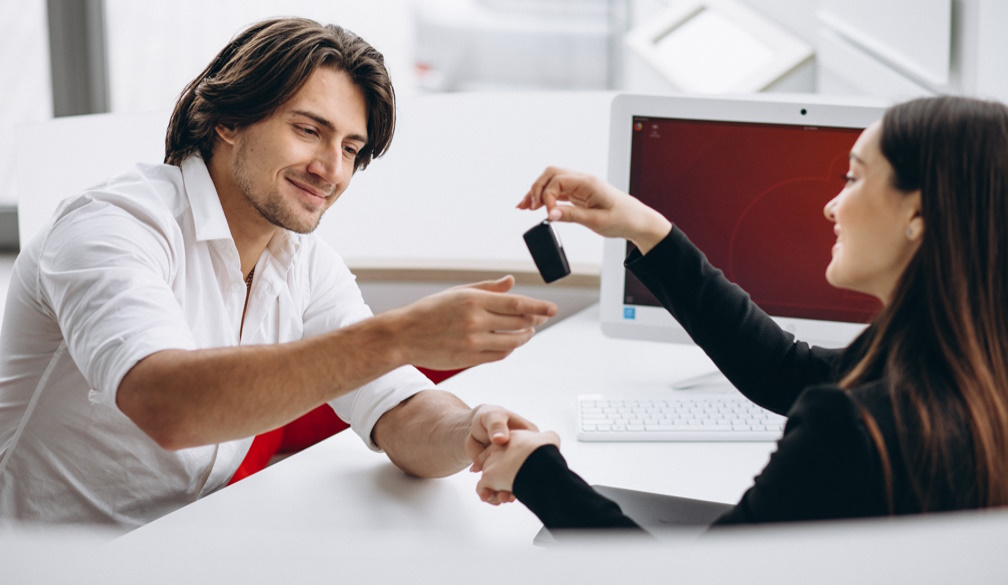Buying Your First Car? Here’s What Most People Forget to Budget For

Image by senivpetro on Freepik
Buying your first car is a milestone — exciting, liberating, and let’s be honest, a little nerve-wracking. You’ve probably done the maths on the purchase price, maybe even looked into insurance and rego costs. But there are a handful of often-overlooked expenses that can creep up and throw off your budget completely.
If you're planning your purchase and weighing up flexible used car financing options, make sure you're also thinking ahead to the real costs of ownership — not just what’s on the sticker.
1. Stamp Duty and Registration
The first hidden cost most buyers forget? Government charges. Stamp duty varies depending on your location and the value of the car. It’s often a percentage of the sale price and is required before you can register your vehicle.
Registration itself isn’t a once-off, either. It’s an annual fee that includes costs like road usage and admin. Depending on your state, this could range from a few hundred to over a thousand dollars per year.
2. Compulsory Third Party (CTP) Insurance — and Then Some
CTP (or green slip) insurance is mandatory in Australia and covers injuries to other people if you're at fault in an accident. But it doesn't cover damage to your own car or someone else’s property. That’s where comprehensive insurance or third-party property cover comes in — and many first-time buyers don’t realise how quickly those premiums add up.
Pro tip: Your age, location, and driving history all impact your premiums. Always shop around and read the fine print before locking in a policy.
3. Servicing and Repairs
Even if you’ve found a reliable used car, maintenance isn’t optional. You’ll need to budget for:
- Regular servicing (every 6–12 months)
- Tyre replacements
- Brake pads
- Battery replacements
- General wear and tear
And if something unexpected breaks? That could mean hundreds (or even thousands) of dollars out of pocket if you're not prepared.
4. Fuel and Running Costs
Yes, you know cars need fuel — but it’s easy to underestimate just how much you’ll use. If you're commuting daily or clocking up weekend road trips, petrol will become one of your biggest ongoing expenses.
Consider:
- The fuel efficiency of the car you're buying
- Petrol vs diesel vs hybrid
- Distance you’ll be driving weekly
Some buyers choose based purely on price or looks, only to be hit with higher-than-expected running costs down the track.
5. Roadside Assistance
It might not be mandatory, but roadside assistance is a smart backup plan — especially if your used car is out of warranty or doesn’t include coverage. Services like battery jumpstarts, emergency fuel, or a tow truck after a breakdown can save you time, money, and serious stress.
Basic annual memberships are affordable, and often well worth the peace of mind.
6. Accessories and Extras
Think you’re done spending once the keys are in your hand? Think again.
Depending on the car and your lifestyle, you may also need to shell out for:
- Phone mounts or Bluetooth kits
- Seat covers or floor mats
- Dash cams or reversing cameras
- Tinting, roof racks, or upgraded tyres
These extras aren’t always included in the upfront cost — and they can add up fast.
Buying your first car is a big step — and it’s worth doing right. By planning for the true, total cost of ownership (not just what’s on paper), you’ll save yourself stress, avoid surprise bills, and stay confident behind the wheel. Budget smart now and you’ll thank yourself later.















